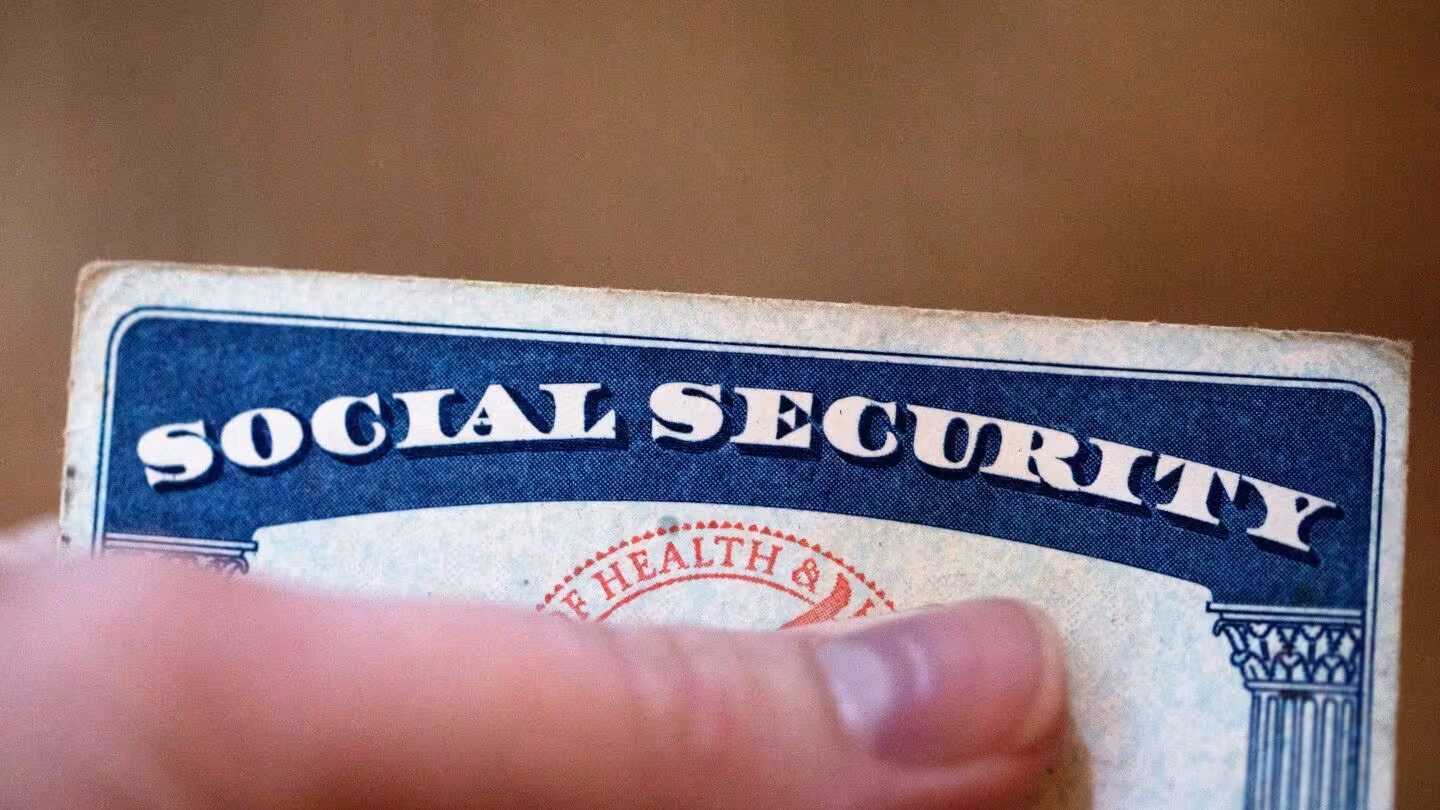Social Security responds to Trump’s Big Beautiful Bill with sweeping relief for nearly 90 percent of retirees, heralding what the administration calls “historic tax relief.” But beneath the celebratory headlines lies nuance—here’s a deep dive.
What’s in the One Big Beautiful Bill?
The One Big Beautiful Bill Act (OBBBA) is a sweeping tax-and-spending package passed by Congress in July 2025. Among its many components, it includes a significantly enhanced senior standard deduction—$6,000 for individuals and $12,000 for married couples aged 65 and above—designed to offset taxable income, including Social Security benefits. Under the House version, the deduction was $4,000, while the Senate upped it to $6,000.
Social Security Responds to Trump’s Big Beautiful Bill
The Social Security Administration (SSA) issued a declaration applauding the bill, noting that “almost 90 percent of Social Security beneficiaries will not pay federal income taxes on their benefits”. Commissioner Frank Bisignano, known as “a historical step forward for America’s seniors,” reaffirmed this system’s dedication to retirees.
Who Truly Benefits?
While the SSA’s announcement highlights broad relief, the reality is more targeted:
- Retirees aged 65+ with adjusted gross income below set thresholds benefit most.
- Low-income seniors, already exempt from taxes, see little change.
- High earners above the thresholds see the deduction phase out.
- Social Security recipients aged 62–64, disabled workers, and survivors under 65 are not eligible.
Experts estimate around 24 million seniors would still pay some tax on benefits post‑bill.
Myth vs. Reality: “No Tax on Social Security”?
Donald Trump has repeatedly claimed the bill achieves “no tax on Social Security.” However, fact‑checkers argue this is misleading. While the deduction means 88 percent of seniors would owe zero tax, it does not cancel Social Security taxation across the board.
The policy is temporary (2025–2028) and structured as a deduction, not a repeal of the 1983 law that taxes up to 85% of benefits.
Fiscal and Long‑Term Impacts
The Congressional Budget Office (CBO) projects OBBBA would add $2.8 trillion to the national debt by 2034.
The Center for a Responsible Federal Budget warns that this accelerates Social Security and Medicare insolvency by one year, from 2033 to 2032.
The Tax Foundation places the deduction cost at around $90 billion over four years (up to $250 billion if extended).
Critics argue it shifts disproportionate benefits to middle- and upper‑income retirees, leaving the poorest unaffected and draining the Trust Fund prematurely.
Operational Changes at the SSA
In tandem with tax policy shifts, the SSA—under Trump’s appointees—has undertaken operational reforms:
- Office closures and staffing cuts have sparked accessibility concerns.
- Paper checks will be discontinued by September 30, 2025; all benefits must go via direct deposit.
- Stringent identity verification protocols now require a retiree to appear in person to apply, although SSDI, SSI, and Medicare filings are exempt.
- Phone-based services were initially reduced but later partially restored after public backlash.
Key Takeaways for Seniors
Check your eligibility: If you’re 65+ and below income caps, you may see tax-free benefits through 2028.
Plan: Paper check users must switch to direct deposit by the fall of 2025.
Understand limitations: Younger beneficiaries, the disabled, survivors, and certain high-income seniors will not receive benefits.
Keep long-term in mind: A one-year acceleration of insolvency is a critical point for planning.
Final Thoughts
While Social Security responds to Trump’s Big Beautiful Bill with optimism—and many retirees will enjoy immediate tax relief—the broader picture is mixed. While the initiative brings short-term benefits, especially for middle-income senior citizens, its long-term fiscal impact and genuine inclusiveness remain doubtful.



